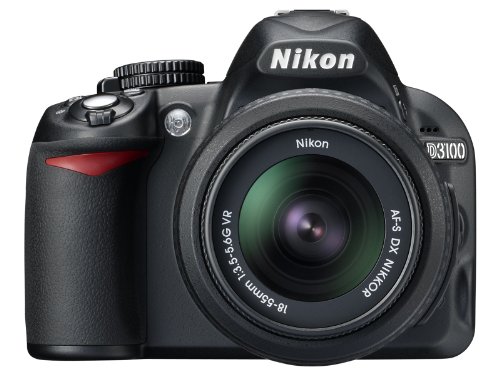Things you will need
* Digital Camera with M for manual settings
* Camera Tripod
* ND Lens filter or Circular polarizing filter
* Beautiful waterfall
Find the angle and point of view that will look best in your picture. Use the camera viewfinder or LCD screen to get the perspective that will look best with your picture. If possible it is best to find a waterfall and perspective where the light is dim and where the waterfall is not reflecting bright sunlight.
Position your camera tripod on a solid and sturdy surface so that it will not fall or move; then mount your camera on the tripod positioning the camera so that you can obtain the original perspective you chose in the above step.
Place your ND - neutral density filter or circular polarizing filter on the front of the lens of your camera. If you have an SLR camera the filter will screw onto the front and if you have a point and shoot camera it may require fitting the adapter to the camera.
This will slow the light down on a bright day so that you can take a long exposure without over exposing the water.
Turn your camera to the "M" setting so that you have manual control. You may also use the "TV" time value setting so that the camera will automatically choose the "AV" aperture value.
If you chose the "M" setting you will now need to adjust the "TV" time value and "AV" aperture value in order to get the right exposure. This is accomplished by changing the settings while watching the exposure indicator which will have a positive and negative value.
You need the exposure to be in the middle or "0" zero. +1, +2 or +3 will over expose the image and your picture will be too bright. -1, -2 or -3 will under expose the picture and it will be too dim.
The TV setting which is indicated in seconds should be at least 1" one second or more. The longer the time it is exposed the smoother the fluid look of the water. A TV setting of 10, 20, 30, 40, 50, 60 - 500 etc is a measurement in 100ths of a second. A setting this fast will not give the preferred effect. Ideally you should have a TV setting of 10" or up to 30" if the lighting permits.
The AV setting is the aperture and this is how much light is let in the set time as opposed to the TV which controls how long the light is let through.
The AV setting should be as high as possible on a bright day, typically this will go as high as F22. But on a dimly lit evening you may need to open it up some (F11 - F18) to let more volume of light to come through.
You should notice that as you adjust the aperture this also affects the exposure value -3 -2 -1 0 +1 +2 +3 so you will need to adjust your time value to keep it as close to zero as possible.
You may want to experiment once you get the hang of it and you may tend to underexpose you images to get a little more detail.
You will find that the circular polarizing filter and/ or Neutral density filter are crucial to slowing the light down so that you can have a longer exposure.
You may even choose to stack the ND filter and CP filter to achieve a very long exposure even in the bright day light. Also note that turning the CP filter will either allow more light or less light depending on where you stop turning it. It is best to slow the light down as much as possible.
If you choose the "TV" setting instead of the "M" setting you will simply need to adjust the setting for the longest amount of time possible without over exposing the picture.
Remember to keep the exposure setting around or slightly below zero.
-3 -2 -1 0 +1 +2 +3
Again, you will find that stacking the CP and ND filters will slow the light down so that you can adjust for a longer exposure.
If your camera has an IS (image stabilization) mode turn it off. This will allow for a sharper image.
Unless you have a remote control now you will need to set the timer.
Some cameras have 2 second timers and some have 10 second timers. Depending on how quickly you can move your hand and not touch the camera you may choose to use the 2 second timer if you need more time to not touch or shake the camera then opt for the 10 second setting.
Click the shutter button and wait....
If you are taking a 10, 15 or even 30 second exposure you will need to wait for it to expose the image.
If you move or shake the camera at all it will blur everything and not just the water.
Take note that the water is the only thing that is moving through this long exposure and that is what causes the silky motion effect.
This in contrast with the stationary landscape gives the impression of motion.
Enjoy your new photography technique and start shooting like a pro. Experiment with stacking filters and different exposures for different details and effects.
You are sure to find that this is a very artistic and rewarding photography technique.












